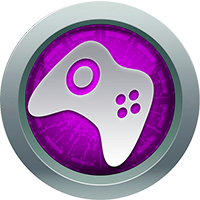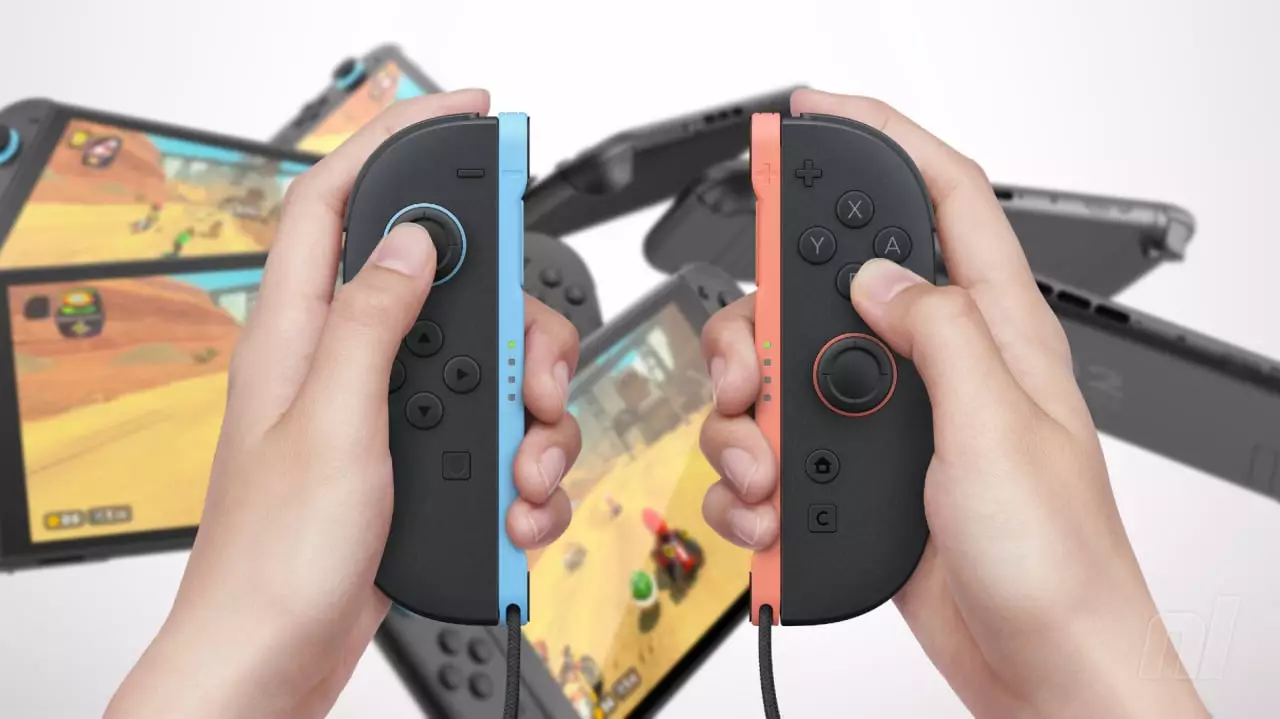For those immersed in the vibrant world of Nintendo, the Joy-Con controllers have become synonymous with both joy and frustration. If you’ve unwittingly misplaced a Joy-Con during an intense gaming session, you’re likely familiar with the agony of searching for that elusive controller. Nintendo’s ‘Search for Controllers’ feature is a lifesaver—allowing players to summon their lost Joy-Con with the tap of a button, awakening the controller’s vibrations to help locate it amidst cushions, pockets, or, perish the thought, refrigerator shelves. This feature, originally a welcome convenience, is poised for improvement with the long-anticipated release of Switch 2.
An Echo of Reassurance: Sound Enhancements
The revelations surrounding the Joy-Con 2 are nothing short of exhilarating, particularly with the introduction of HD Rumble 2. Early demonstrations suggest that this sequel to HD Rumble is not simply a refined version, but a significant leap forward. As showcased in recent videos shared across social media platforms, Joy-Con 2 can now emit sounds that are remarkably loud, effectively eliminating the frustration of hidden controllers. This auditory capability serves as an exemplar of innovation, blending sound with vibration technology to create a user experience that is not only more functional but also more engaging.
The presence of sound in gaming is often overlooked, yet it plays a critical role in player immersion. The fact that Joy-Con 2 can now effectively communicate with players through sound could drastically enhance the console experience. The rich audio feedback, reminiscent of playful beeps and boops, draws users back into the playful ambiance that Nintendo excels at creating. If this trend continues, we may see a profound shift in how developers utilize haptic feedback in tandem with auditory cues in-game design.
Beyond Just Mechanics: The Joy of Experience
Interestingly, this advancement in sound and vibration is not merely about practicality; it also enhances the joy of gaming. The experience of gaming extends beyond the screen and into the tactile and auditory realms, creating a sensory tapestry that adds layers to the gameplay. Remember the whimsical interactivity of stages within Super Mario Bros. Wonder, where each jump on musical notes was accompanied by delightful tones? The Joy-Con 2 builds on that playful interaction, presenting players with an opportunity to truly ‘feel’ their gameplay.
Imagine the vast potential games could have by leveraging this interplay of sound and vibration in new, inventive ways. Developers could integrate musical elements and sound cues that not only inform gameplay but provide additional layers of narrative through audio feedback. The next evolution in gaming might not just hinge on graphics; it could very well depend on how innovatively these sensory inputs are utilized.
Reality Check: The Practical Limitations
However, it is prudent to temper excitement with realism. While the demonstrations in controlled environments depict an impressive sound output, real-world contexts often prove challenging. Ambient noise, the varying acoustics of a room, and the overall gaming environment could obscure the effects of HD Rumble 2. Therefore, while we can be optimistic about the potential, we should remain skeptical until it is fully realized under diverse conditions.
Moreover, one cannot ignore the fact that advancements in tech often come with their quirks. If anything, players are becoming increasingly aware of the complexities that accompany these innovations. While these controllers represent significant technological strides, the debate about their durability and practicality continues. Will the new features diminish the battery life? Are they susceptible to glitches? These are vital questions that will shape user experience in the long run.
The Road Ahead for Nintendo
As Nintendo embarks on this journey of innovation, the stakes are high. Players expect more than just enhanced features; they crave tangible improvements that enrich their gaming ventures. The ability to locate a missing Joy-Con through sound and improved haptic feedback speaks to a broader trend where technology must serve to elevate the user experience. If the Joy-Con 2 delivers on its promise, it could redefine how we connect with our gaming worlds, bringing the joy back into the Joy-Con experience. As we await more details, one thing is clear: Nintendo continues to push the boundaries of how gaming can feel, sound, and ultimately, be enjoyed.


Leave a Reply